“It pays to stay curious; you never know what you’ll discover,” writes McCleery from the Boutinot tasting.
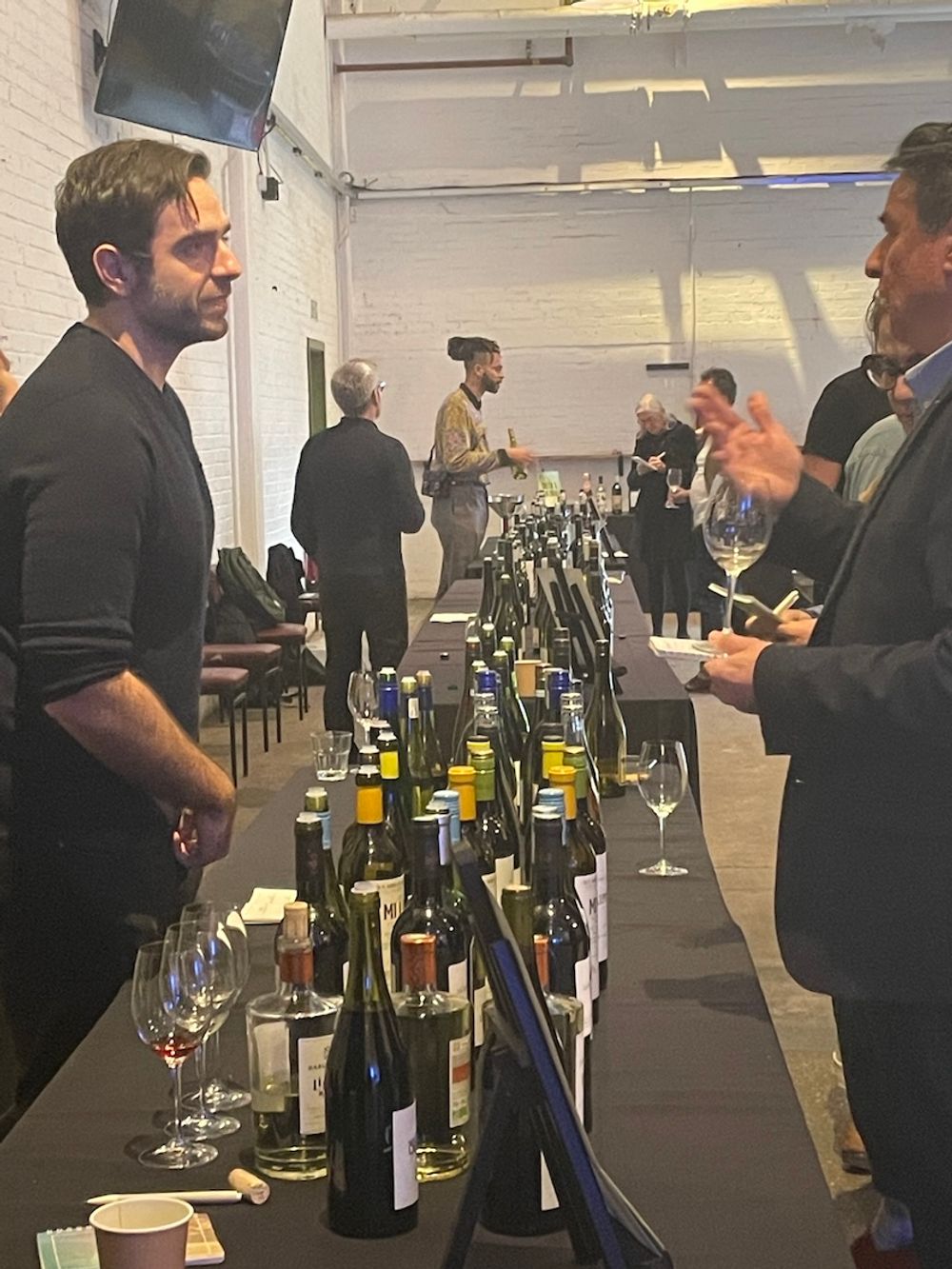
Boutinot spring portfolio tasting, London, March 6, 20024
Greater Manchester-based Boutinot Wines was in London last week for its spring portfolio tasting. An event to shine a spotlight on a selection wines, many of which will make smart additions to restaurant lists this forthcoming spring and summer.
Firstly, maximum points to Boutinot for providing one of the more thought-provoking walks to a tasting in a while. A trip along Priestly Way and on past Hookers Road, spiked curiosity in a way that the trip through St. James’s to 67 Pall Mall rarely does.
Interest piqued, I stepped happily into Big Penny Social to taste the new, the chilled and a selection from Boutinot’s own winemakers.
What’s New?
Let’s start with the Bischöfliche DOM Zero Riesling Alkoholfrei (£8.62). Fruit is picked from vineyards situated alongside the Mosel, Saar and Ruwer rivers. It’s a refreshing, lively wine that’s bustling with green apple and lemon fruit.
Next up is an impressive duo from Kleine Oranjerie. Based in South Africa’s Western Cape, the company sources grapes from a host of vineyards; some new and others that are much more established, the rarest having been planted in the 1900s. I thoroughly enjoyed both the Viognier and the Merlot. Varietally true, full of flavour and evenly balanced, they are unlikely to disappoint.
A much more gastronomic offering comes in the shape of Smalltown Vineyards Sub Aqua Club Field Blend 2023 (£11.16). Viognier, Riesling, and Chardonnay are the main players in this naturally fermented Barossa Valley white. After a handful of days on the skins, in open fermenters, the juice is pressed into tank and seasoned barrels, where it spends 12 months on the lees. Preserved lemon and tropical citrus fruit mark this nicely textured, mouth-watering, and nuanced white.
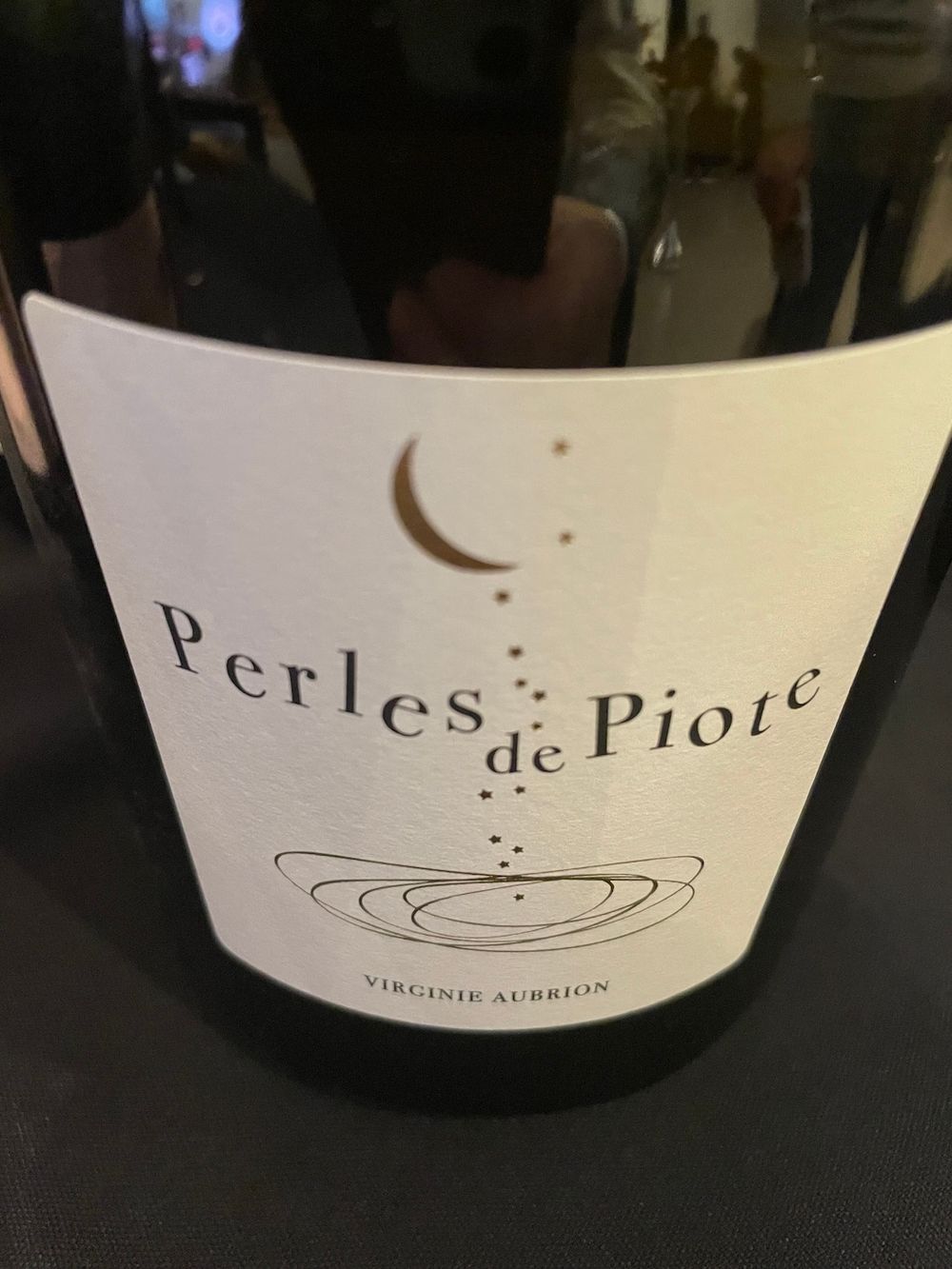
AOP Crémant de Bordeaux Perles de Piote Blanc (£15.50) tastes every inch as smart as it looks. I was charmed by this biodynamic sparkling (70% Sémillon), which had a generous offering of ripe, white orchard fruits and a delicate, creamy mousse.
Then came my first ever sample of the wines of Soumah in the Yarra Valley. I was deeply impressed with its Hexham Viognier 2023 (£16.26) which was wonderfully articulate and vibrant. The palate had attractive weight and breadth, whilst maintaining terrific verve right to the finish. Exactly the sort of wine that wants to make you taste the whole range.
Happily, Dimitri Lazariuc and his sextet of fine wines are indeed present. Located in, what they call, the dress circle of the Warramate foothills of Gruyere, the Soumah vineyards are planted at 120 m.a.s.l. Grey, sandy, clay loam soils with broken sandstone have good water retention, while the elevation helps protect against the winter frosts.
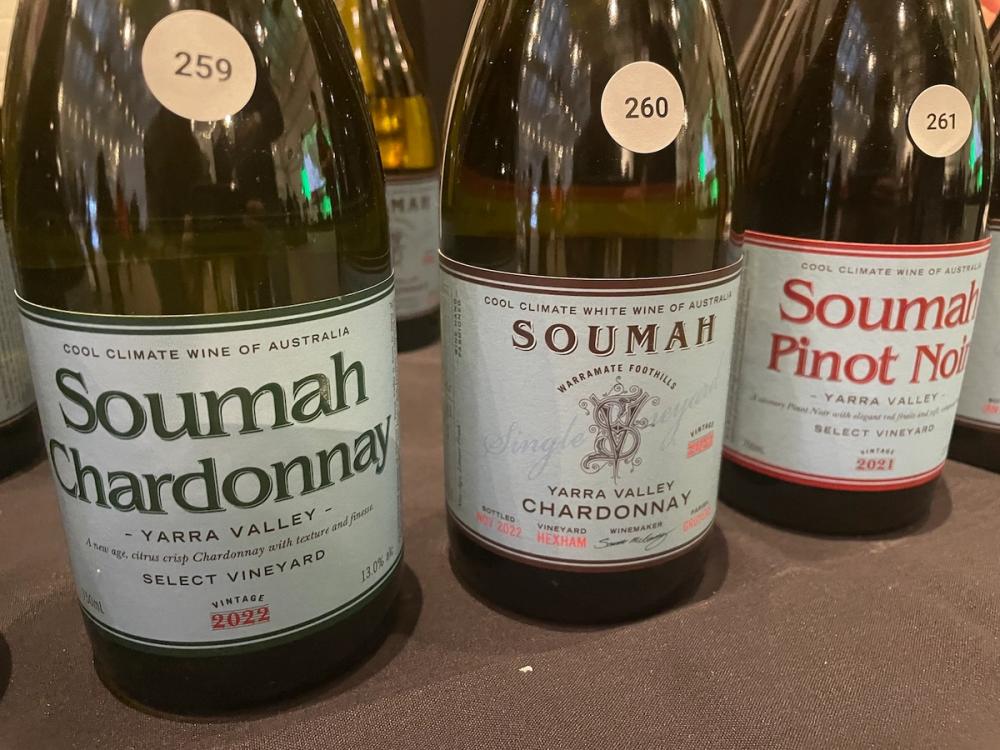
Soumah Savarro Savagnin 2023 (£13.17) is one of my wines of the day. The nose brings blood orange, citrus zest, green pea, and fresh herbs to mind. The palate is wonderfully leesy and textural with terrific drive and energy. Quite unique and a lot of wine for the price.
Sticking with Savagnin, it would be remiss not to mention the estate’s Solera Wild Savagnin No. 2. There are just 900 bottles a year of this hand-picked, foot-treaded, clay egg fermented white, which is a comparatively new project for the team. Striking complexity and structure. A wine to watch.
I think the Hexham Pinot Noir 2022 (£16.26) is a great buy. Lazariuc tells me that every year he sends the wine to the local college where the WSET students are given a blind line-up of Pinots to taste. Apparently, it has never yet been picked out as a New World Pinot Noir. It’s easy to see why: this is an earthy, savoury red with autumn hedgerow fruit, smoke, and spice.
Chilled reds
Confidence to serve red wines, lightly chilled, is a positive trend. We all know it’s not for every red, but where they are generously fruity, and light in alcohol and tannins, it can work very well. This pair of reds struck me as ideal candidates for days when the temperatures allow for outside drinking and dining.
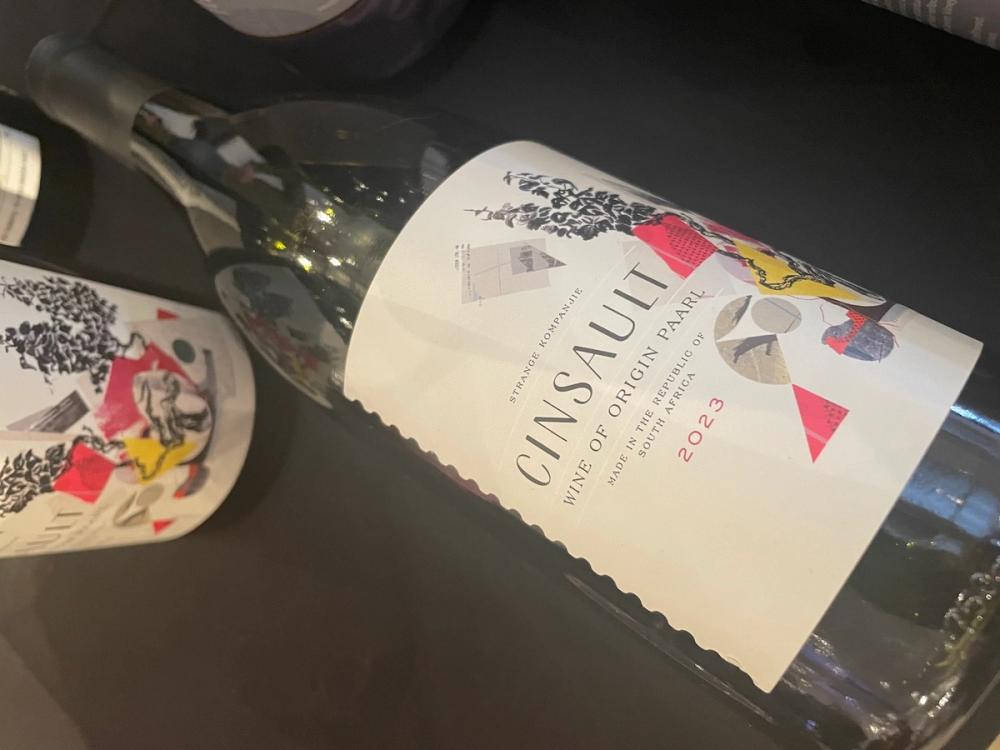
Ticking all the boxes with abundant primary fruit is the from Strange Kompanjie Cinsault 2023 (£8.62). Partial carbonic maceration adds to the wine’s chill credentials, which is a hugely appealing red whatever the temperature.
More sophisticated is Marchesi di Grésy Nebbiolo Martinenga 2021 (£19.27). One for just a light chill to further frame the wine’s beautifully precise berry fruits and dry spice.
Boutinot’s own brand Homes label
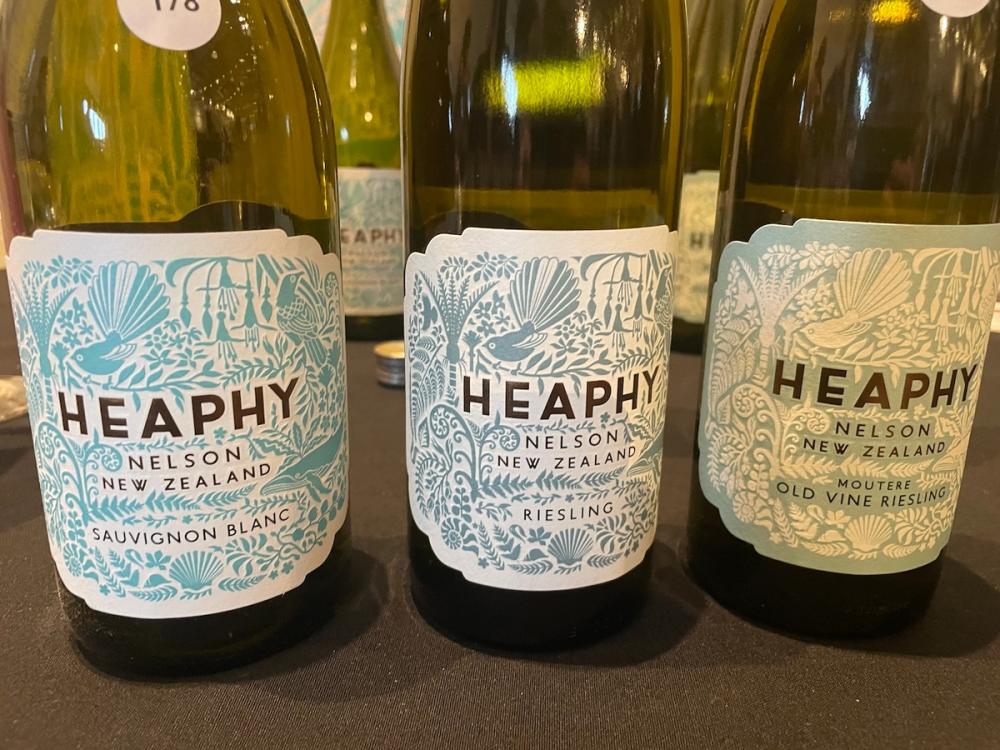
Boutinot is proud that as well as being agents, they are ‘hands-on, dirt under our nails’ winemakers too. The most recent winery to join the Homes team is Heaphy Vineyard in Nelson Tasman, on New Zealand’s South Island. The property has ten hectares of clay-soil vineyards that were first planted in 1973. For now, there are three wines in the range.
The Sauvignon Blanc 2023 (£9.80) is laden with juicy lime and ripe tropical fruits. Plenty of zip and zing with a tasty saline edge. Heaphy Riesling 2023 (£10.44) has 9 g/l residual sugar and delivers tasty mouthfuls of baked apple and baking spice. Old Vine Riesling 2023 (£13.81) is a celebration of the 50th harvest of oldest vineyard blocks. The wine was aged in a single, 1 000 litre amphora. This is a very expressive, bone-dry Riesling that opens with aromas of white spring blossom, green pear, and ginger. Lovely mineral mouthfeel and a long, persistent finish.
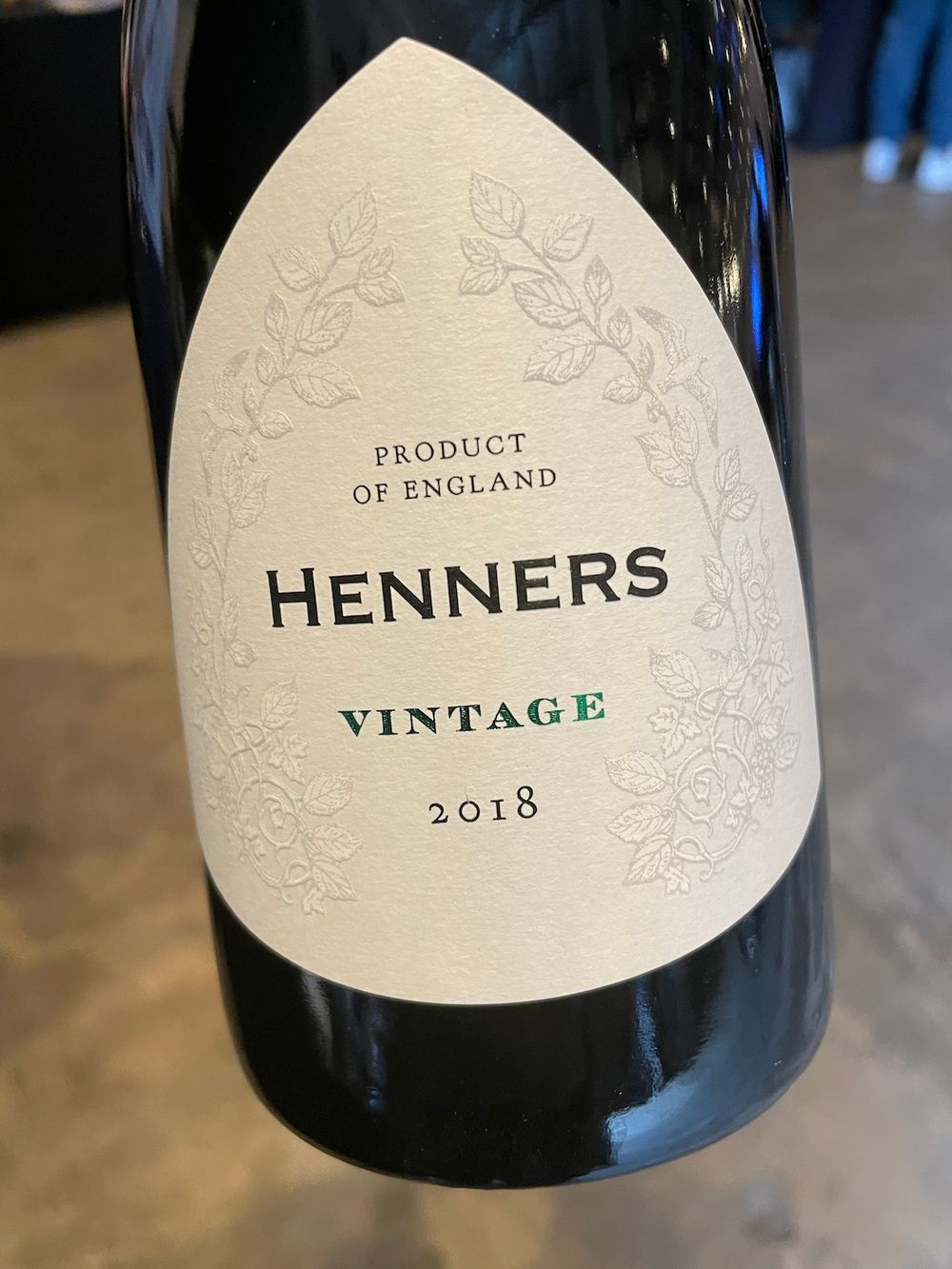
To finish? The top-notch Henners Vintage 2018. Wow! What a wine, and a bargain at £27.32. A blend of 70% Chardonnay and 30% Pinot Noir this is a stunning sparkling wine with lovely, aged complexity and a fine, persistent mousse. The East Sussex estate has recently expanded significantly, and production is on the up – good news, given that a mere 5000 bottles of the 2018 were made.
The Boutinot tasting was really good, and I was struck by three important things. The members of the Boutinot team I met were helpful and well-informed, with a strong knowledge of their products. The range includes an above average number of keenly priced wines. Lastly, there’s an evident knack for identifying people and places that delivery quality and interest at sensible prices.
On the way home I learn that Hookers Road takes its name from the printing and engineering factory, Peter Hooker Ltd, that stood there in the early 1900s. Aviation engines were built there during WW1. It pays to stay curious; you never know what you’ll discover.
































